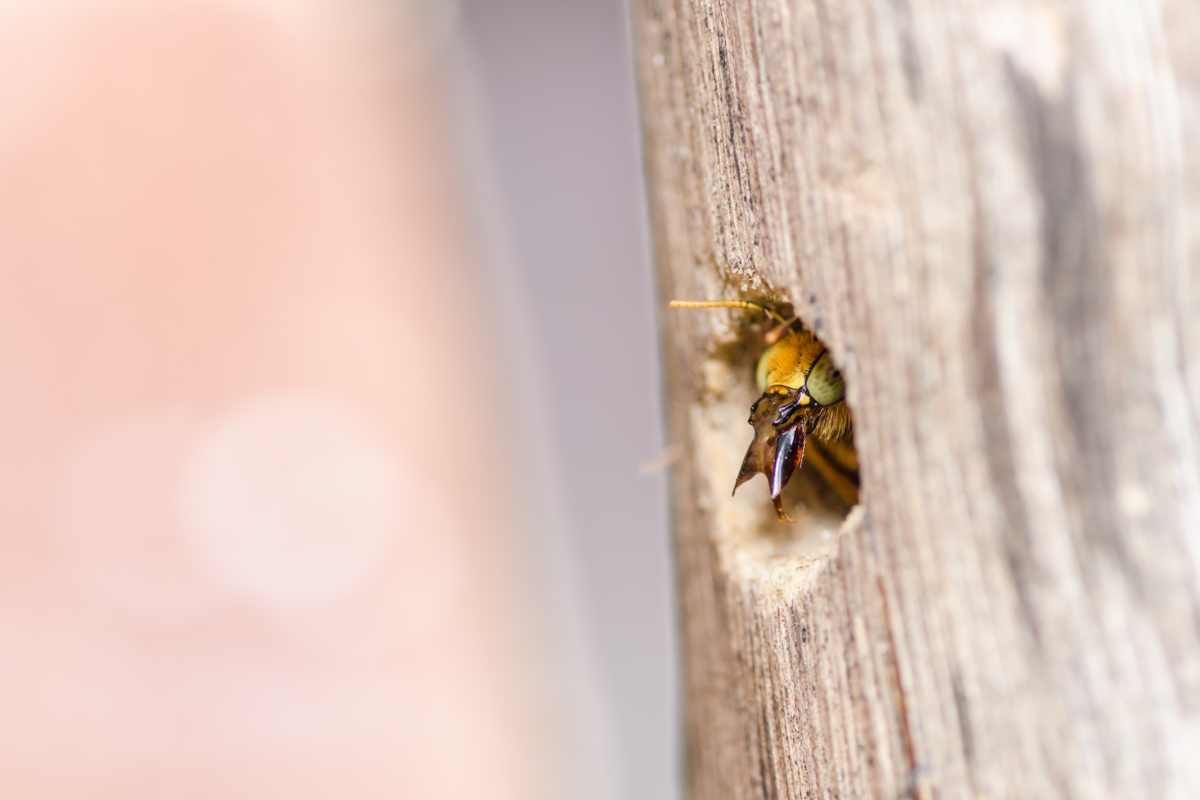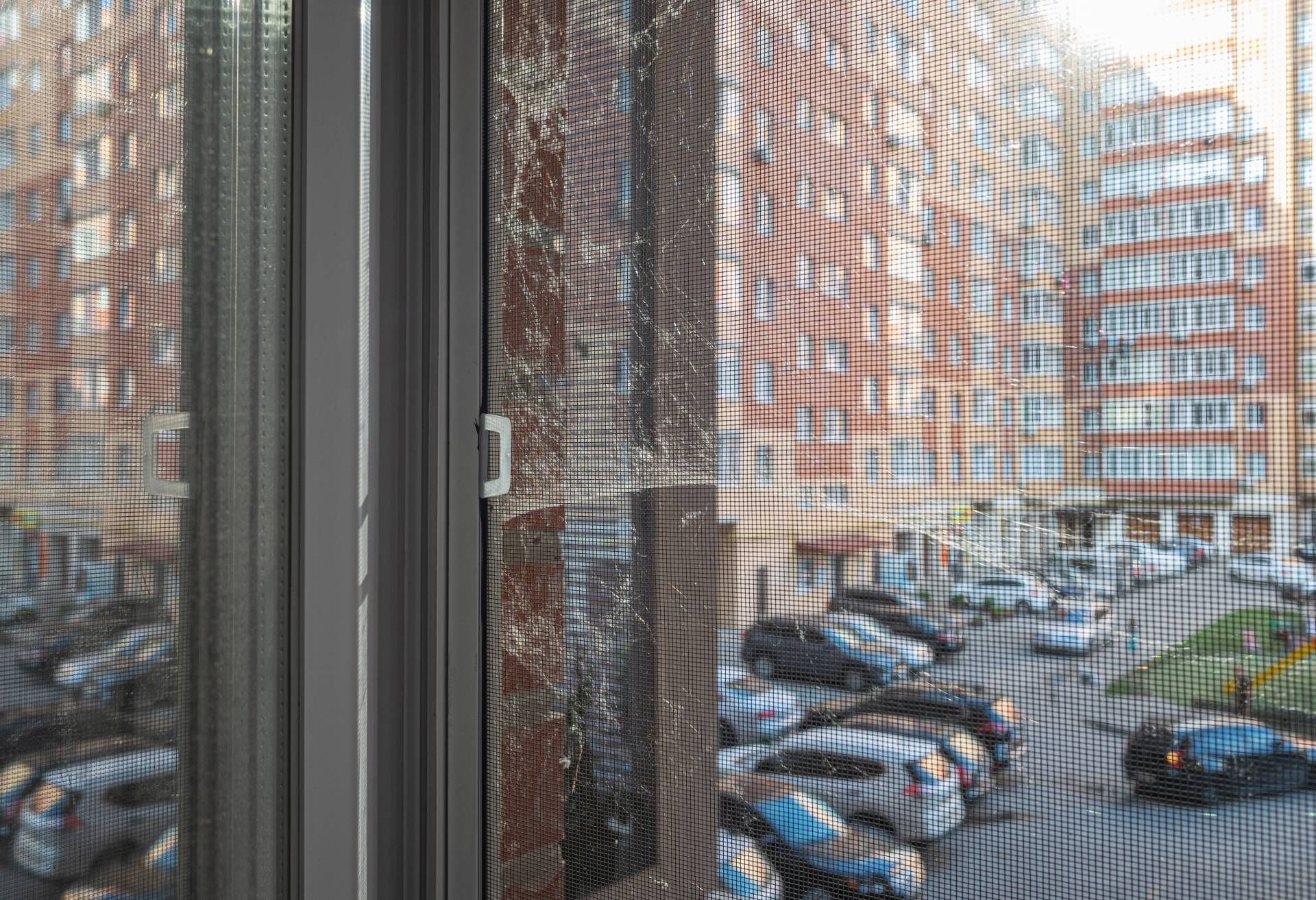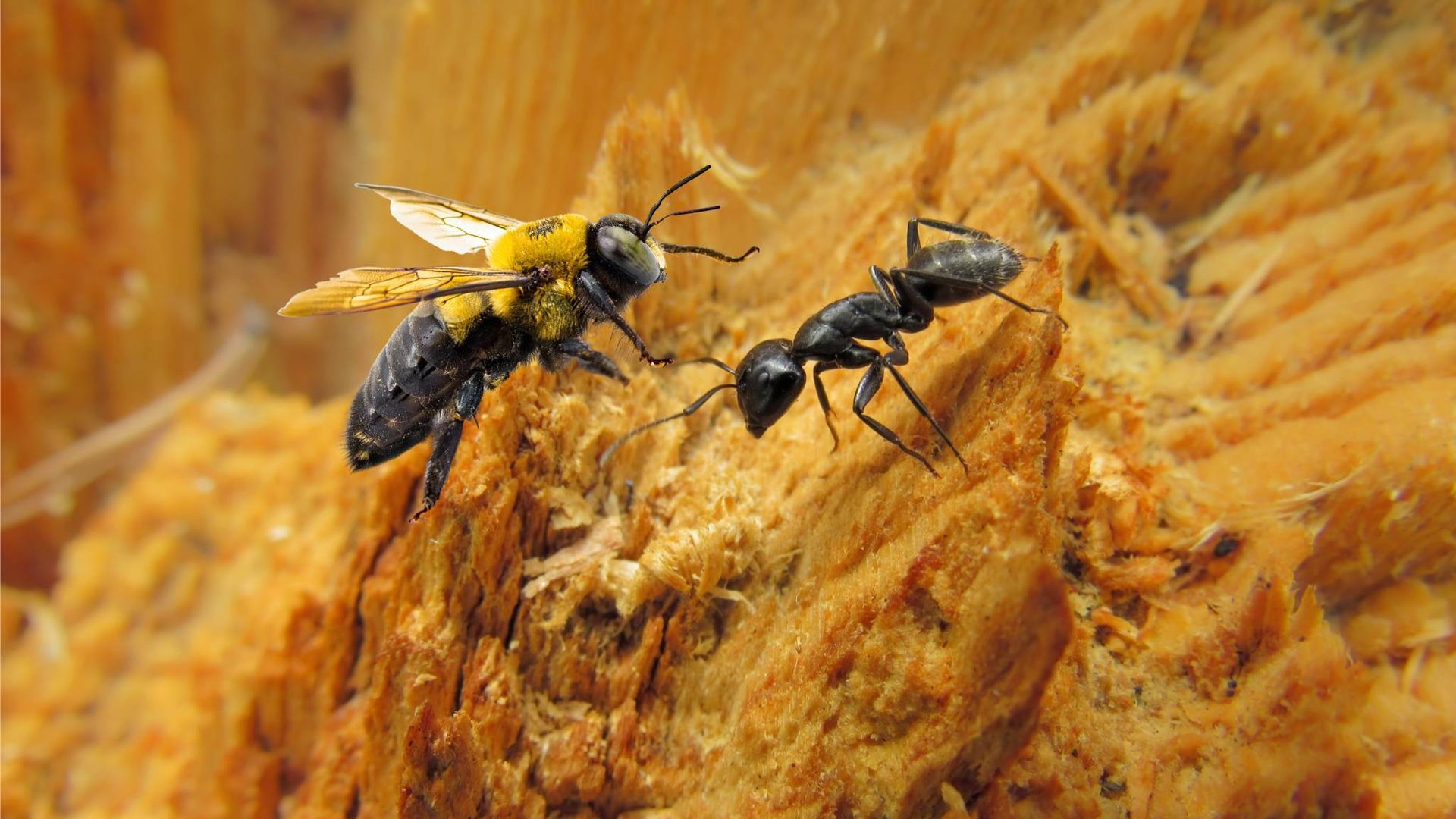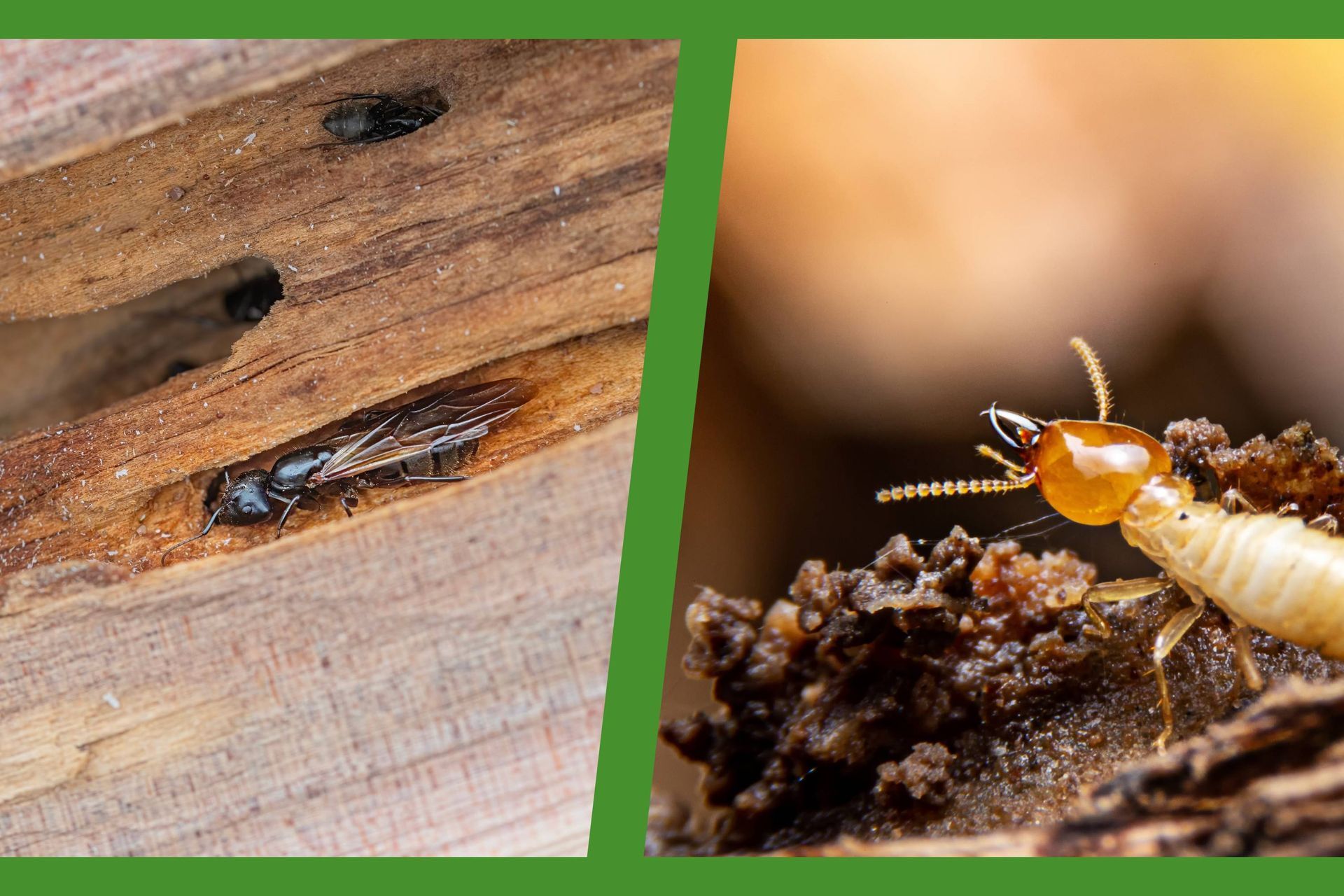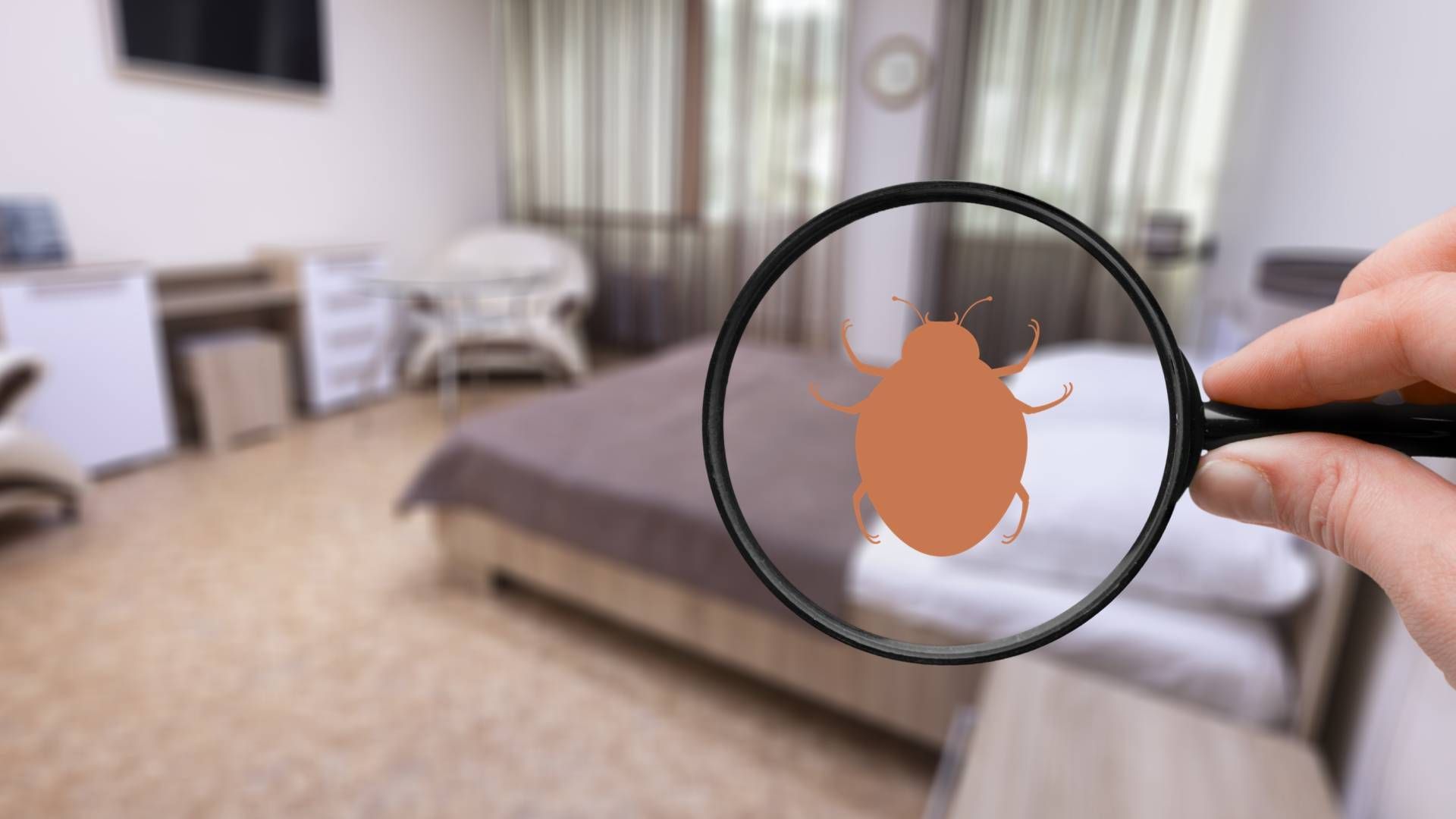How to Get Rid of Carpenter Bees Safely
If you find yourself spending time outdoors during the warmer months of the year, it's essential to keep an eye out for carpenter bees. While they can oftentimes be mistaken for bumblebees at first glance, these insects greatly differ in habits, appearance, and behavior.
Here at IPM Pest & Termite, our experts are happy to help you learn more about how you can safely rid your home of these invaders, explore carpenter bee traps that can efficiently curb the existing problem, and provide quick identification tips. In this blog, we will take a closer look at what makes these insects unique and how you can deal with them if they have decided to move in.
Carpenter Bees vs. Bumblebees
As previously mentioned, carpenter bees and bumblebees can sometimes be misidentified. This makes sense based on their similar black and yellow coloring. However, there are a few signs to look for when assessing the problem. One of the key indicators that you are dealing with carpenter bees is a shiny, hairless abdomen. This stands in contrast to bumblebees, which have a fuzzier appearance. Additionally, carpenter bees are larger than bumblebees.
Another sign is that the insects will create unsightly holes in wood surfaces, while bumblebees tend to nest in the ground. Therefore, quickly ridding your property of carpenter bees is important to minimize potential damage to wooden structures.
When seeing a carpenter bee buzzing around your deck or patio, you may ask yourself, "Do carpenter bees sting?" Fortunately, these creatures only sting when provoked. However, due to their destructive nature, it's crucial to get rid of them as soon as possible. They may not sting you, but that doesn’t mean they won’t be chewing the wooden parts of your home full of holes.
Effective Removal
After concluding that you do, in fact, have carpenter bees visiting your property, we can begin coming up with a concrete plan for relocation. An effective way to do just that is by trapping them. These devices will lure the bee into them so that they can be released somewhere else, away from your property. These traps work by attracting the bees with sweet-smelling bait so that they enter a container. Then, once they are inside, you can move them to a more desirable location, such as a field or a forest, and allow them to fly free once again.
Building your own trap is easy, as they are made from wooden pieces that contain honey or sugar water. Of course, you can purchase commercial traps as well.
Once they have been removed, it's important to then seal cracks or gaps in exposed wood. This will make it less attractive to other carpenter bees wandering onto your property. While carpenter bees are typically solitary creatures, there are times when you may see more than a few. If this is the case, consider getting in touch with our professionals for guidance.
Let's Get Started
To find out more information about our services, visit us at 2456 Fortune Drive, Suite 170, in Lexington, KY, or call us at (859) 340-1403. Our service area includes the greater Lexington, KY, area including Nicholasville, Versailles, Georgetown, Richmond, and Winchester, as well as these neighborhoods: Pinnacle, Waterford, Cumberland Hills, Copperfield, Palomar, Masterson Station, Equestrian Woods, and Firebrook in Lexington, KY. Contact us online today, or call us at (859) 340-1403 to get started!

